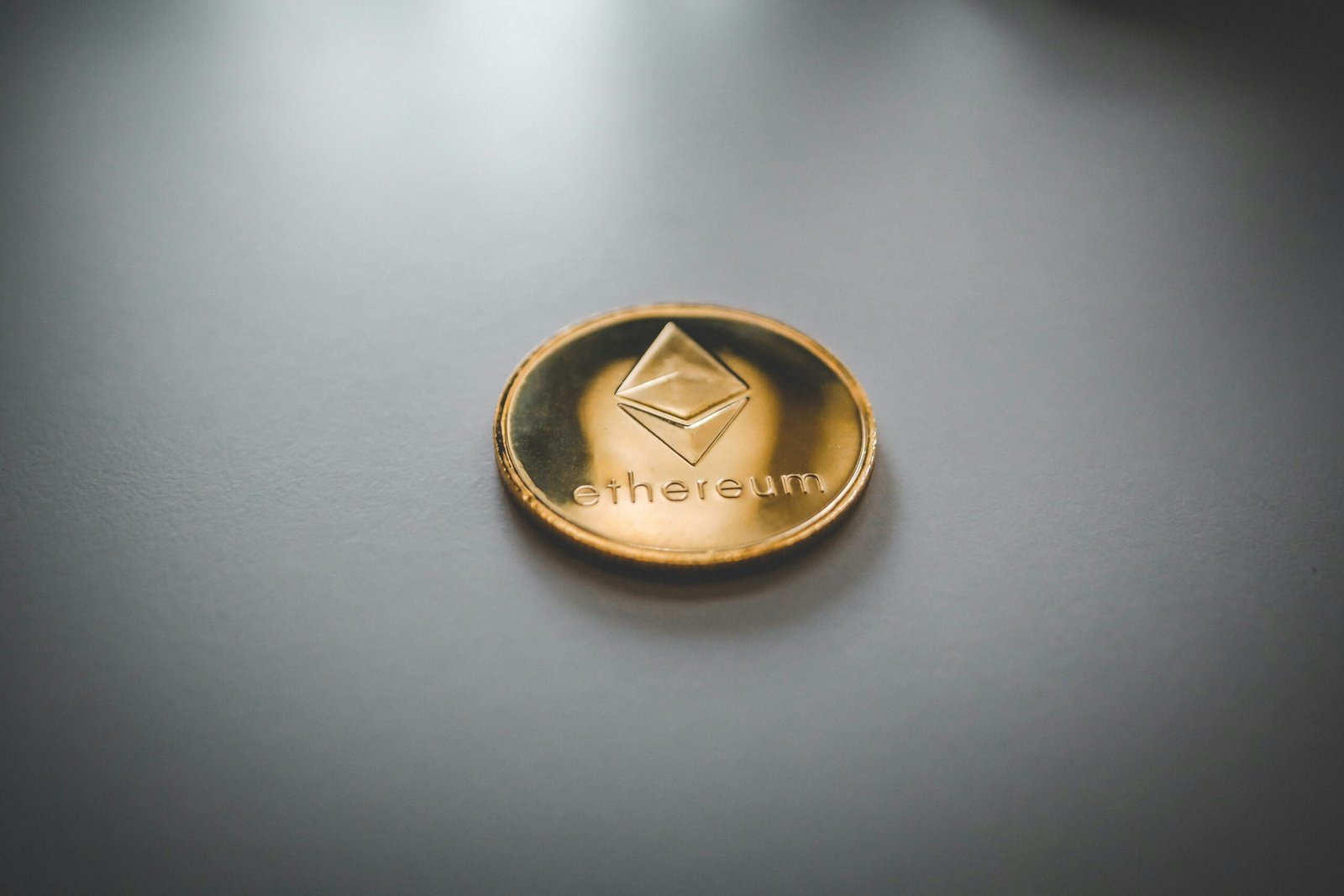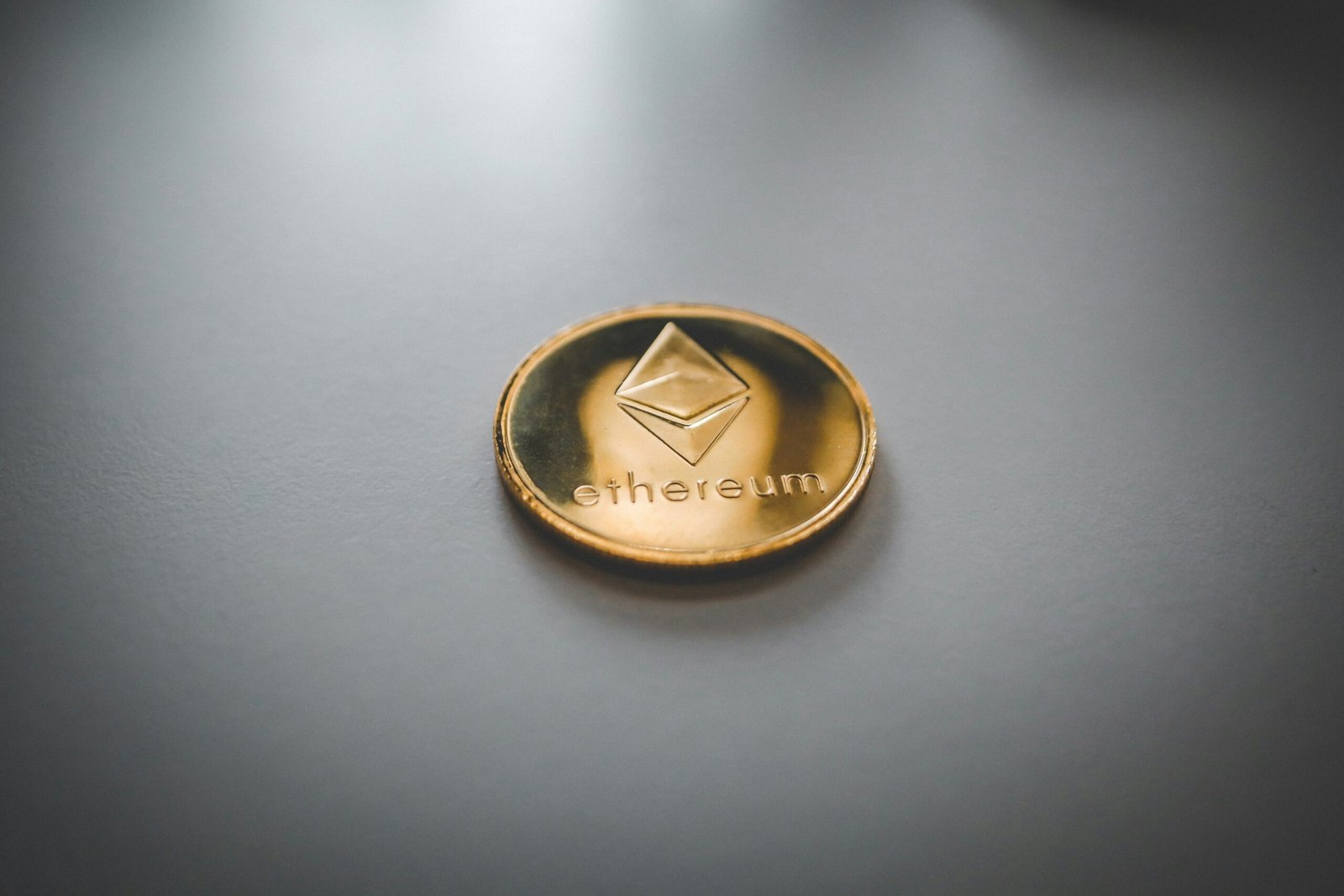Understanding the DFB-Pokal Draw: Everything You Need to Know
What is the DFB-Pokal? An Overview
The DFB-Pokal is Germany’s premier knockout cup competition, established in 1935. Organized by the German Football Association (DFB), the tournament features teams from multiple tiers of the German football league system, making it an inclusive event where underdog clubs can challenge top-flight teams. The overall structure of the competition consists of several knockout rounds, culminating in a final that is typically held at the Olympiastadion in Berlin.
One of the notable aspects of the DFB-Pokal is its ability to generate excitement and unpredictability. Each year, professional clubs from the Bundesliga and 2. Bundesliga enter the tournament, along with teams from lower leagues, stretching as far down as the fifth tier of German football. This democratizing feature allows clubs with smaller budgets and resources to showcase their talents, often leading to memorable upsets against larger and more established teams.
The format of the DFB-Pokal is relatively straightforward. The tournament begins with a preliminary round where lower league clubs compete for a place in the first round proper. The subsequent rounds consist of single-elimination matches, with ties decided by penalties if required. This format not only adds depth to the competition but also heightens the stakes, as every game could potentially lead to a team’s elimination from the cup.
The significance of the DFB-Pokal extends beyond mere competition. It offers teams the chance to qualify for the UEFA Europa League, an incentive that elevates the tournament’s stakes. Winning the DFB-Pokal is a highly coveted achievement within German football, enhancing the prestige of the victorious club and often leading to a euphoric celebration among fans and players alike.
In conclusion, the DFB-Pokal stands as a testament to the democratic spirit of football, bridging the gap between different levels of competition and allowing clubs of all sizes to dream of glory. Its enduring legacy and dynamic format continually captivate fans and contribute significantly to the landscape of German football.
The DFB-Pokal Draw Process Explained
The DFB-Pokal, Germany’s premier knockout cup competition, features an intriguing draw process that determines which teams will face each other throughout the tournament. The draw typically takes place in a series of rounds, creating matchups across various stages of the competition. The initial draw occurs after the completion of the first round of matches, with subsequent draws held after each round to determine the next fixtures. Key dates for these draws are usually announced in advance, and they take place in the DFB headquarters or occasionally at partner venues. Fans eagerly anticipate these moments, as they not only help in crafting match excitement but also dictate the course of the tournament.
In the DFB-Pokal, the draw often follows specific rules that determine how teams are seeded. Typically, clubs from higher leagues receive preferential treatment, which means they may be drawn against lower-ranked teams in the early stages. This policy aims to enhance competition balance while also allowing underdog teams a chance to shine. Moreover, seeding is intended to maintain a fair competitive environment, ensuring that teams face opponents who are more or less at similar skill levels as they progress through the rounds.
Additionally, the DFB-Pokal draw takes into account the match location, determining whether ties will take place at home or away. Generally, clubs competing in the Bundesliga are granted home advantage when drawn against lower-division teams. This aspect of the draw is crucial, as it can significantly impact the match outcome, given the home advantage that established clubs typically enjoy.
The pairing of teams happens randomly; however, care is taken to avoid matchups between clubs from the same league in the earlier rounds if possible. This adds excitement to the draw, as fans hope for enticing matchups that can lead to thrilling clashes between historic rivals. The anticipation surrounding the DFB-Pokal draw often leads to extensive media coverage, engaging both local and international football audiences.
In conclusion, the DFB-Pokal draw is more than just a procedure; it is the initiation of a captivating journey for all teams involved. Understanding how the draw works, including the rules surrounding seeding, match locations, and pairings, provides insight into the tournament’s structure and enhances the overall excitement for fans as they root for their favorite clubs along this challenging path to glory.
Significance of the DFB-Pokal Draw for Teams and Fans
The DFB-Pokal draw plays a crucial role in German football, impacting both teams involved and their supporters. This knockout tournament generates considerable excitement, as each draw not only reveals the potential matchups but also the emotional stakes that come along with them. For fans, the anticipation leading up to the draw is palpable; they eagerly speculate about which rival teams may face off, heightening the sense of competition and rivalry that characterizes the tournament.
From a team’s perspective, the draw can be pivotal. Certain matchups may present opportunities for upset victories, especially when lower-tier teams are drawn against higher-ranked opponents. This aspect of the DFB-Pokal draw has historically led to memorable moments, with underdogs occasionally pulling off stunning defeats. The potential for such surprises adds an extra layer of excitement, engaging fans and fostering loyalty to their clubs.
Moreover, the matchups created from the DFB-Pokal draw can significantly influence a team’s season trajectory, both on and off the pitch. For clubs competing in Europe, advancing in the DFB-Pokal can keep momentum going, as it complements league performance. Additionally, success in this tournament can boost a club’s financial health, as matches often attract larger audiences and heightened media attention, resulting in increased ticket sales and merchandise revenue.
Engagement with fans can also change dramatically depending on the draw results. Not only does a favorable draw evoke excitement, but it also impacts fan attendance and participation in supporting events. Clubs often capitalize on the buzz generated by the draw to promote ticket sales, fan events, and merchandise, highlighting the economic implications that come with it.
In conclusion, the significance of the DFB-Pokal draw cannot be overstated. It shapes the emotional landscape of the tournament, influences match outcomes, impacts a team’s financial standing, and enhances fan engagement. Ultimately, this intricate interplay underscores why each DFB-Pokal draw is a highly anticipated event in the football calendar.
What to Expect in the Upcoming DFB-Pokal Draw
The DFB-Pokal draw is an eagerly awaited event in the German football calendar, marking the transition from the early rounds of the tournament to the knockout stages. With excitement building among fans and analysts alike, there are several factors that will play a significant role in shaping expectations for the upcoming draw. First and foremost, the current form of participating teams is critical. Clubs that have shown consistent performance in their respective leagues are often seen as favorites, while those struggling may present as potential dark horses.
Recent performance statistics provide valuable insights into how teams have fared leading up to the draw. The outcomes of matches, player injuries, and tactical adjustments are essential considerations. For instance, a team with a string of positive results heading into the DFB-Pokal draw is likely to carry that momentum into the knockout rounds, instilling confidence in their supporters and creating a buzz around their potential matchups.
Historical trends in the DFB-Pokal can also influence predictions for the forthcoming draw. Certain clubs have established a legacy of performing well in this knockout competition, often advancing deep into the tournament. Analysts will delve into previous encounters between teams, reflecting on past results to gauge how they may fare in their upcoming clashes. Such historical context not only appeals to die-hard fans but also generates a greater understanding of the dynamics at play.
As the DFB-Pokal draw approaches, fans can look forward to analysts speculating on potential matchups that could set the stage for thrilling encounters. Key individuals are likely to reference exciting rivalries or highlight fixtures that are compelling based on current performances. This anticipation builds a narrative that enthusiasts will follow closely, enhancing their connection to the tournament.
In conclusion, the upcoming DFB-Pokal draw promises to be a significant event, blending performance analysis with historical context and fan expectations. By considering all these factors, fans and analysts alike can engage meaningfully with the tournament as it progresses. As the landscape of German football evolves, the excitement surrounding the draw continues to grow, creating fuzzy yet hopeful narratives for the clubs involved.








